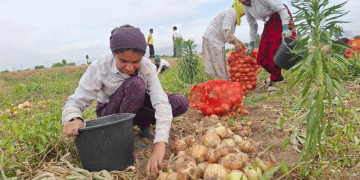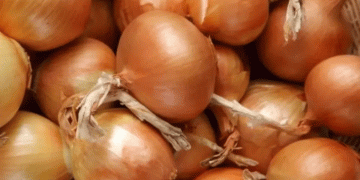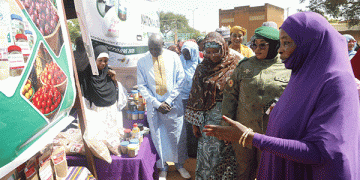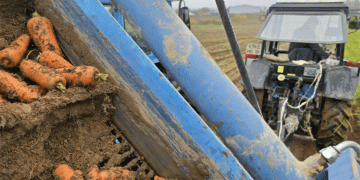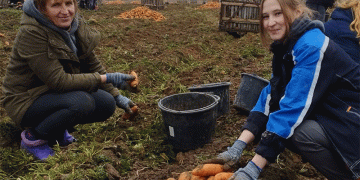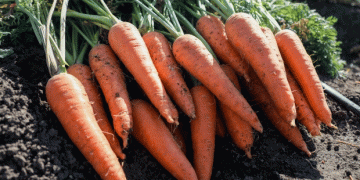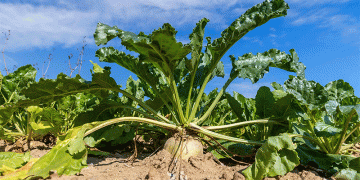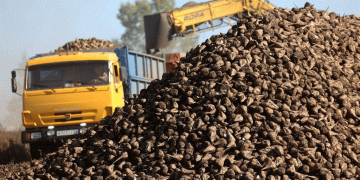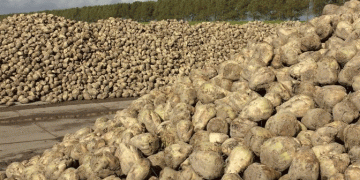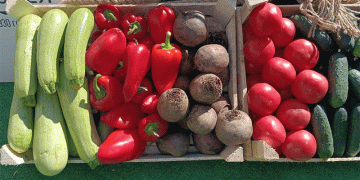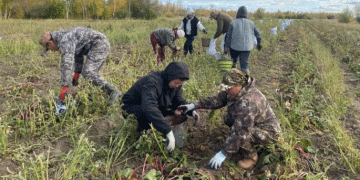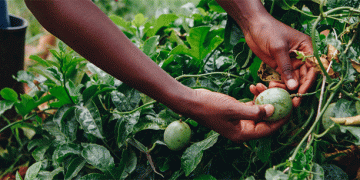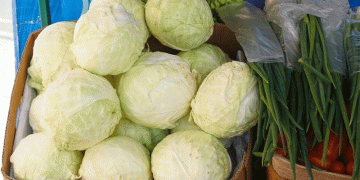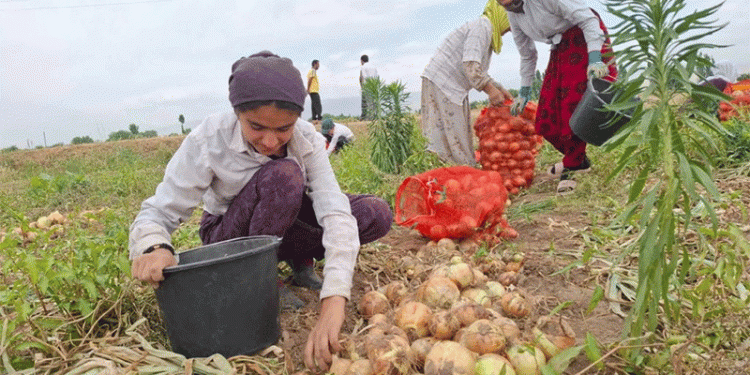New data from Tajikistan’s Statistics Agency paints a stark picture for one of its key agricultural sectors: onion production for the first eight months of 2025 fell by 27.3% year-on-year, dropping to just over 500,000 tons. The decline was widespread, with the key producing region of Khatlon suffering a catastrophic 37.7% drop. This is not an isolated bad year but a symptom of deeper issues. Farmers and specialists cite a perfect storm of severe drought and irrigation water shortages, compounded by a reduction in planted area due to low profitability from rising costs of seeds, fertilizers, and fuel. The situation underscores a global challenge; the FAO’s 2024 report on global food crises specifically highlighted increasing water stress in Central Asia as a primary threat to agricultural stability and smallholder incomes.
The immediate domestic impact has been a 23.5% surge in consumer prices, with a kilogram of onions rising from 2.6 to 3.0 somoni. However, the longer-term strategic damage is seen in the export collapse. Tajikistan’s onion exports from January-August 2025 crashed to a mere 4,700 tons, down from over 29,000 tons the previous year. This loss of international market share is attributed not only to the smaller harvest but also to a lack of competitiveness against larger neighbors like Uzbekistan and Kazakhstan, as well as logistical and trade barriers. The reorientation of remaining supplies to the more lucrative domestic market is a short-term fix that highlights a critical lack of resilience. The absence of modern storage and processing technology, a common issue in developing agricultural economies noted by the World Bank, exacerbates the problem, locking in the losses from seasonal gluts and scarcities.
Tajikistan’s onion crisis is a clear warning of how climate vulnerability and economic pressures can rapidly unravel an agricultural sector. The 27% production drop and subsequent export collapse demonstrate that without systemic intervention—including investments in water-efficient irrigation, targeted subsidies for inputs, and crucial post-harvest infrastructure—the country’s food security and farmer incomes will remain at the mercy of environmental and market shocks. The path to stability requires building a more resilient value chain that can withstand climate pressures and compete effectively, both at home and abroad.
